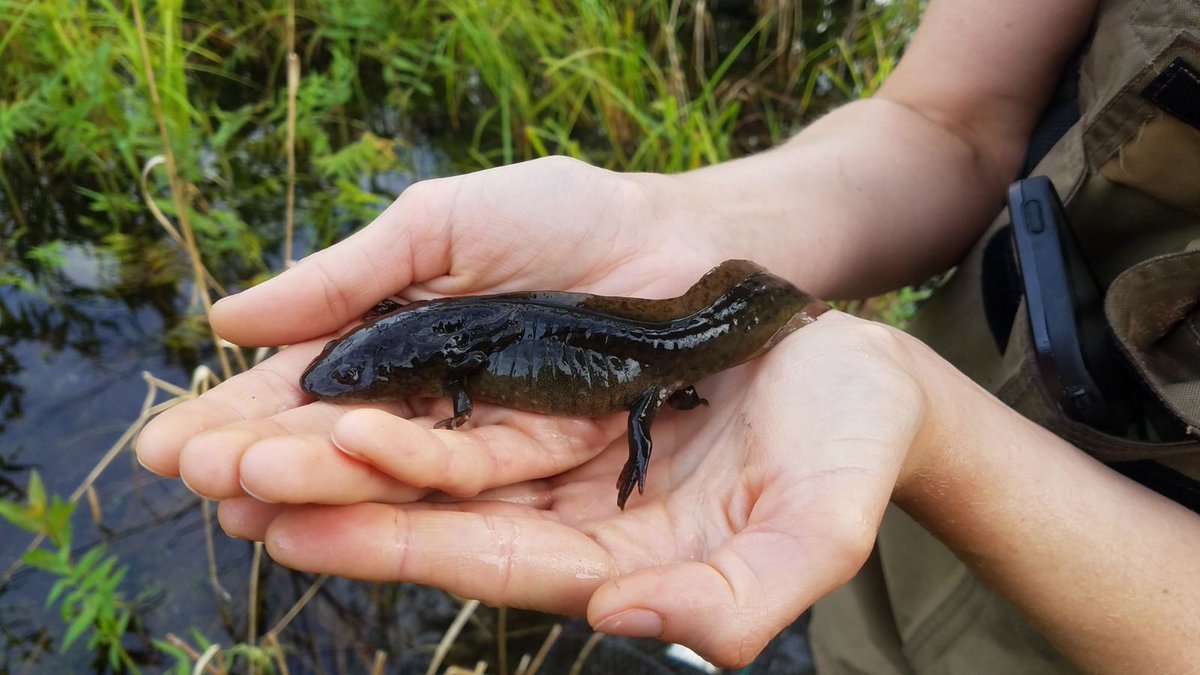Look at this absolute chonker of a tiger salamander larave (aka sallywog) my awesome interns found! #UrbanEcology 

Also, I understand that some people don't like the use of "my" to denote interns, students, etc. But "the interns I hired, trained, and supervise" seems too impersonal and clinical.
Open to suggestions.
I should also point out while technically an internship according to HR (who knows why) this is a full blown *paid* job with responsibility and 95% unsupervised work after training.
• • •
Missing some Tweet in this thread? You can try to
force a refresh

























